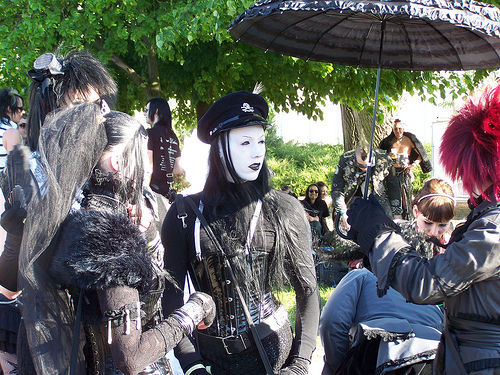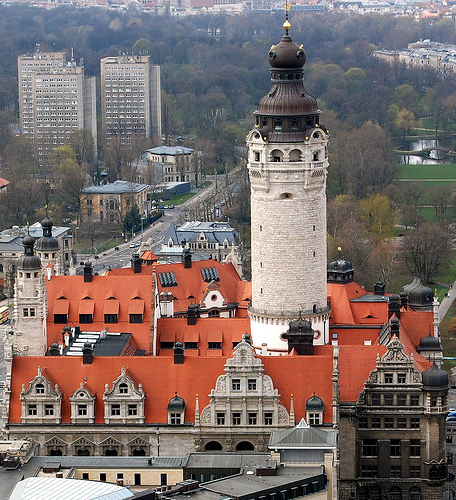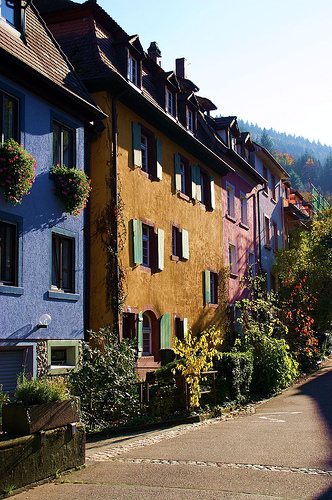Exploring the Lesser-Known Cities of Germany: Dresden, Leipzig and Freiburg
Dresden
Dresden is the capital of Saxony, close to the border with the Czech Republic. It is only three hours from Prague by bus, and about 3.5 hours away from Berlin. Dresden has approximately 500,000 inhabitants. It is on the River Elbe. Dresden definitely has a post-socialist, East Germany residual vibe. It went through some major changes over the 20th century, having been completely bombed out by the Allied forces during World War II, and then facing 40 years of Soviet development in replacement of the original structures. It is the first ever city in Europe to lose its place as a UNESCO World Heritage Site. Dresden holds annual commemorations of the WWII bombings every year, but unfortunately many neo-Nazi skinheads have been ruining them (not that this is something provoked or accepted by the locals). On a brighter note, Dresden is known as one of the greenest, most eco-friendly cities of Europe. This city has a strange, spacious urban structure with some inner city preservations, and then some rural preservations on the outskirts.
Leipzig
Leipzig is the largest city of Saxony, Germany, having a population over 500,000. There are many unique cultural institutions in Leipzig. There are some buildings that date back to the 1500s, and the Saint Thomas Church (Thomaskirche), where Johann Sebastian Bach worked as a cantor. Leipzig also has the oldest Botanical Garden in Germany. The University of Music and Theater is in Leipzig, a famous arts conservatory.

Leipzig also holds the Wave-Gotik-Treffen, the world’s largest goth and techno festival, as well as Bachfest and Jazztage. The singer of Rammstein is from Leipzig, likely influenced by all of this rich musical history. Leipzig University was founded in 1409, and it is one of the oldest European universities, enrolling about 30,000 students at present day.
Freiburg
This is a pleasant, small city to live if you like combining the aspects of culture and nature. Freiburg has a population of approximately 217,000. It is the warmest and sunniest German city, located close to a wine growing region. It is located in south western Germany, in Baden-Wurttemburg. It is on the Dreisam River, as well as by the Black Forest, in the Upper Rhine Plain. This city enjoys a high standard of living, and is known to be very eco-friendly, and surrounded by green hills. Many homes in Freiburg use solar power, due to the abundance of sunshine. The University of Freiburg is a very old, historic school, which today is one of the best schools of the country. Freiburg was also heavily bombed during World War II, but not as much as Dresden (nor did it go under the USSR). This city is becoming a tourist spot because of its weather, and for having the longest cable car run in the country.

Freiburg also has a unique gutter system, called Bächle, in the city center.




Too bad you showed so many downs of Dresden, but almost none of the ups.
Where’s the mentioning of the fully rebuilt, historical inner city? Where’s the mentioning of the biggest bar-and-restaurant town district of all Germany? Where’s the mentioning about the river Elbe and it being incorporated in the inhabitants daily life? Where’s the mentioning of the numerous universities and colleges, amongst which are some unique ones? No mention of “Silicon Saxony” either..
Instead you stereotypely associate the city name with nazis and maintained sovjet destruction only. 🙁